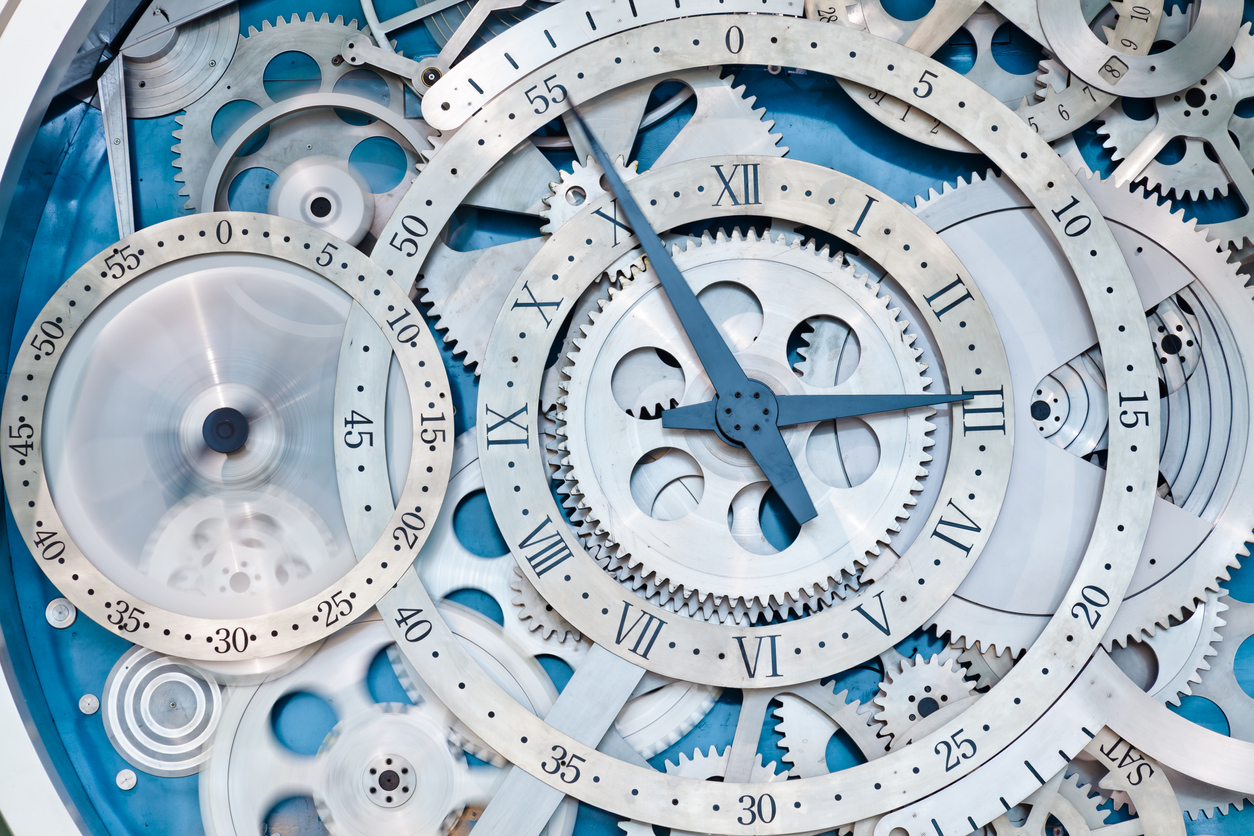Retail has historically been one of the slowest sectors to adopt new technological advances. Still, when Amazon came along and beat them at their own game by using things like machine learning and artificial intelligence, they started paying attention.
The truth is, data science and big data analytics play a crucial role today in helping trendsetters pinpoint the ever-evolving shifts and changes present in fashion, and in helping everyone from manufacturers to models tackle the runway and the real world with style and finesse. Here’s how they’re doing it:
The Problem with Traditional Retail Analytics
Traditionally, fashion houses and brands kept vital information like sales records and inventory details in-house. But this also meant that they worked in a silo — that much of the colors, style, fit and other decisions for their garments were mostly scattered, unstructured data. They lacked other crucial pieces of the puzzle such as competitive analysis, pricing, trends, insights and other must-have details.
How Fashion Companies Stay Relevant in the Digital Age
With the fashion industry, every possible facet of a piece of clothing is under scrutiny. Everything is collected and analyzed from the fabric to the closures to the sizes and the style. For those with the right data science degree, this presents an eclectic challenge — how to stay focused and on top of trends before they’re forgotten.
Thanks to the explosion of social media, people are tweeting, liking, sharing and pinning all sorts of fashion ideas together, breathing new life into the industry by pinpointing precisely what customers and prospective customers are talking about. This has created an urgent need to go beyond in-house retail analytics and delve into things like consumer sentiment and preferences to help forecast individual trends that won’t break the bank.
Capitalizing on a Continuous Feedback Loop
For example, fashion rental service Le Tote collects data about the styles its customers prefer. This, in turn, helps its team of designers create items customers will love that are both hip and affordable. From the moment a customer signs up for the service and selects their favorite clothing options, the system goes to work, analyzing their choices and suggesting relevant items accordingly. Customer preferences are also sent to clothing designers working with Le Tote, while machine learning analyses the written feedback that customers leave after receiving their clothes.
Another well-known fashion-forward retailer, Stitch Fix, uses data science to predict styles that customers would like – even if the clothes themselves haven’t been designed yet.
What happens here is that AI algorithms cull through Stitch Fix’s inventory and put together a list of suggestions based on broad style categories. The system then goes through the second tier of clothing options to create nine different data-built designs which are then sent to the design team as blueprints.
Imagine how much money, time and effort the company and its designers have saved by using the underlying data they collect to forecast trends based on customer preferences, rather than making the products and sending them out to retailers only to have them lose money.
And that’s only scratching the surface of what data science can do for the fashion industry.
Read Also: Applications of Data Science in the E-commerce industry
Actionable Product Intelligence
One of the biggest issues that continuously dogs the fashion industry is the risk of new product introductions. Whereas in the past, companies relied on traditional focus groups, according to Forbes, major brands are now using predictive analytics to create “actionable product intelligence”.
Well-known fashion brands like Ralph Lauren, Lucy Brand, Sperry and True Religion are all using this type of predictive intelligence to discover how different changes in product fabric, design details, colors and price all affect customer response to an item. When they find a winner, they can zero-in on it and create similar products with greater speed and precision. What’s more, the propensity of creating a product that flops with the target audience is minimized.
If you were a fashion brand and you could leverage data science training to create winning products that are a hit with customers consistently, why wouldn’t you? In doing so, you, in turn, engage the fiercely loyal customers, influencers, and trendsetters who can, in turn, make or break a brand’s perception as a whole.
The Future of Fashion and Big Data
In addition to using data to understand customer needs and shopping behavior, data science is also being used to forecast a product’s “shelf-time” on the website, and advise the customer if it’s going to sell out soon. This, in turn, helps retailers and manufacturers alike estimate production and dispatch within a given market.
In short, advances in machine learning, artificial intelligence, and other crucial data science sectors is showing no signs of slowing down, making it a highly exciting time to make an entrance into the world of data science. Taking up a online data science course can help you enter the field without any hassles.






